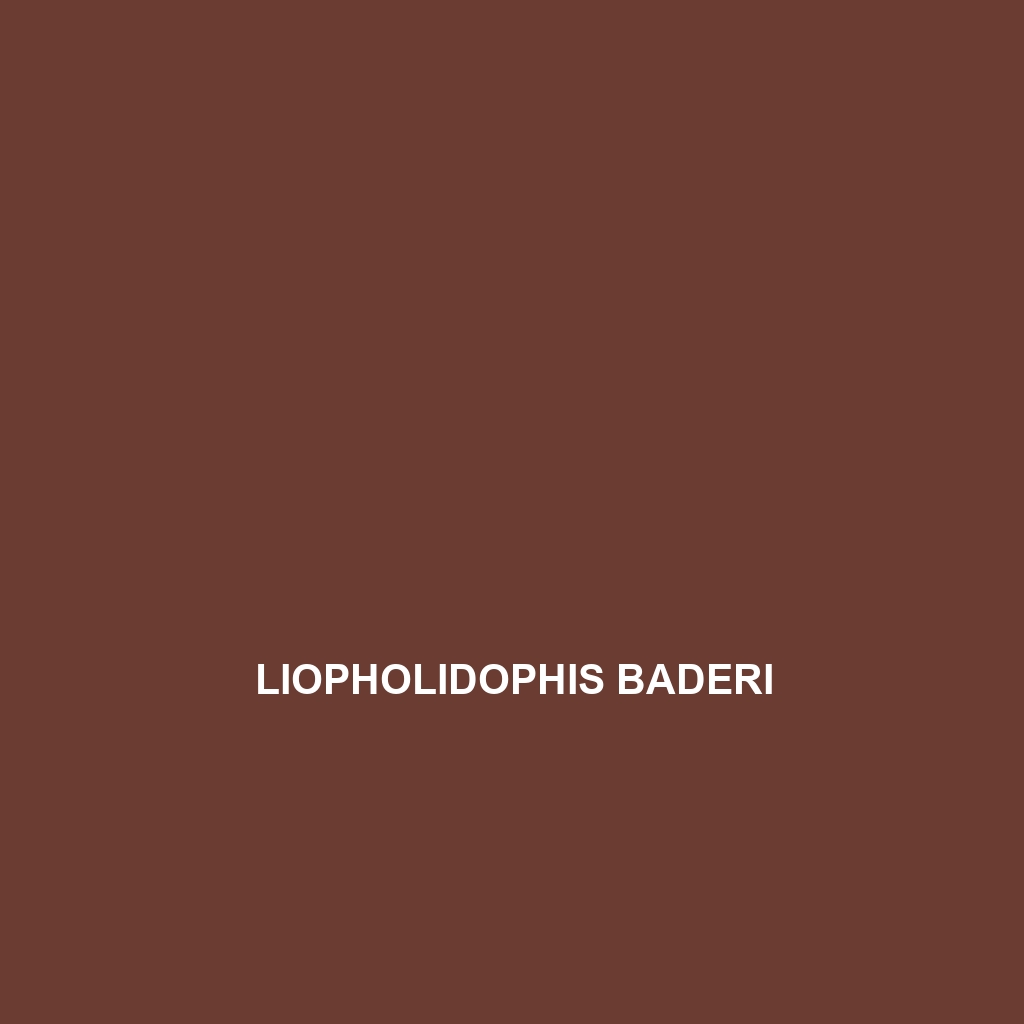Pelodiscus shipian, commonly known as the Chinese softshell turtle, thrives in freshwater habitats like shallow lakes and rivers, featuring an oval body, smooth leathery skin, and a retractable neck. This omnivorous species is nocturnal, plays a vital role in its ecosystem, and is currently listed as vulnerable due to habitat degradation and overhunting.
Tag: environmental health indicators
Natrix maura
Discover the Viperine Water Snake (<i>Natrix maura</i>), a medium-sized, diurnal snake found in southern Europe's wetland regions. Known for its slender body, distinctive coloration, and excellent swimming abilities, it primarily feeds on small fish and amphibians while playing a crucial role in maintaining the aquatic ecosystem's balance.
Mimophis occultus
Discover the unique Mimophis occultus, a striking green and brown reptile from Madagascar's rainforests, known for its agile movements, nocturnal behavior, and fascinating camouflage. This vulnerable species thrives in diverse habitats, playing a crucial role in controlling insect populations while exhibiting remarkable adaptability and intriguing mating rituals.
Mediodactylus kotschyi
Discover the resilient Mediodactylus kotschyi, or Kotschy's gecko, a nocturnal insectivore native to the Eastern Mediterranean. With its robust body and prehensile tail, this adaptable species thrives in diverse habitats, playing a vital role in maintaining ecological balance.
Mastigodryas amarali
<b>Mastigodryas amarali</b>, also known as the Amaral's snail-eater, is a striking, slender snake native to the tropical rainforests of Central and South America, characterized by its beautiful patterned skin and nocturnal ambush hunting behavior. This adaptable species primarily feeds on small mammals, birds, and reptiles, playing a crucial role in maintaining the ecological balance of its habitat.
Lipinia infralineolata
<p><b>Lipinia infralineolata</b> is a slender, agile lizard native to the rainforests of Southeast Asia, known for its vibrant coloration and arboreal behavior. This insectivore plays a vital role in maintaining ecological balance while thriving in humid, organic-rich habitats.</p>
Liopholis pulchra
<b>Liopholis pulchra</b>, also known as the gorgeous skink, is a striking emerald-green skink native to southeastern Australia, thriving in moist temperate forests and coastal regions. Recognized for its agile movement and vibrant coloration, this insectivorous species plays a crucial role in controlling insect populations and contributes to the ecological balance of its habitat.
Liopholidophis baderi
<b>Liopholidophis baderi</b>, commonly known as Bader's snake, is a slender, vibrant green, brown, or yellow snake found in the tropical rainforests of Central Africa, notable for its excellent climbing abilities and nocturnal hunting behavior. This vulnerable species plays a crucial role in its ecosystem by controlling small mammal and insect populations, contributing to biodiversity.
Kinyongia excubitor
<b>Kinyongia excubitor</b>, or the East African chameleon, is a striking arboreal species known for its vibrant coloration and unique adaptations, including a prehensile tail and remarkable color-changing abilities. Found in the montane forests and humid rainforests of Eastern Africa, this insectivorous reptile plays a crucial role in its ecosystem while facing challenges from habitat loss.
Kinosternon leucostomum
Discover the <b>white-throated mud turtle</b> (<i>Kinosternon leucostomum</i>), a resilient and adaptable species native to freshwater habitats in Central and northern South America, known for its distinctive white or yellow throat and omnivorous diet. Thriving in warm, humid environments, this turtle plays a crucial role in maintaining ecosystem balance while facing threats from habitat loss and pollution.









